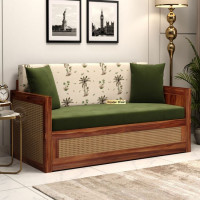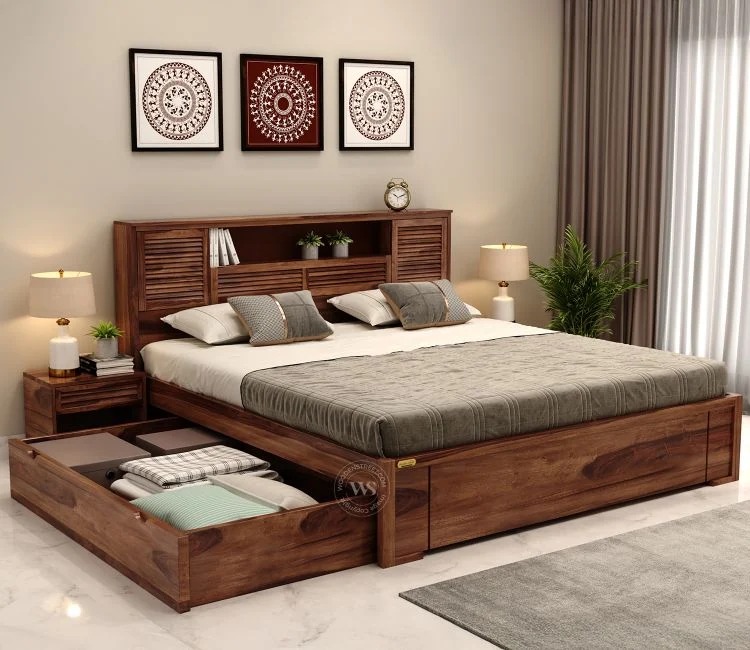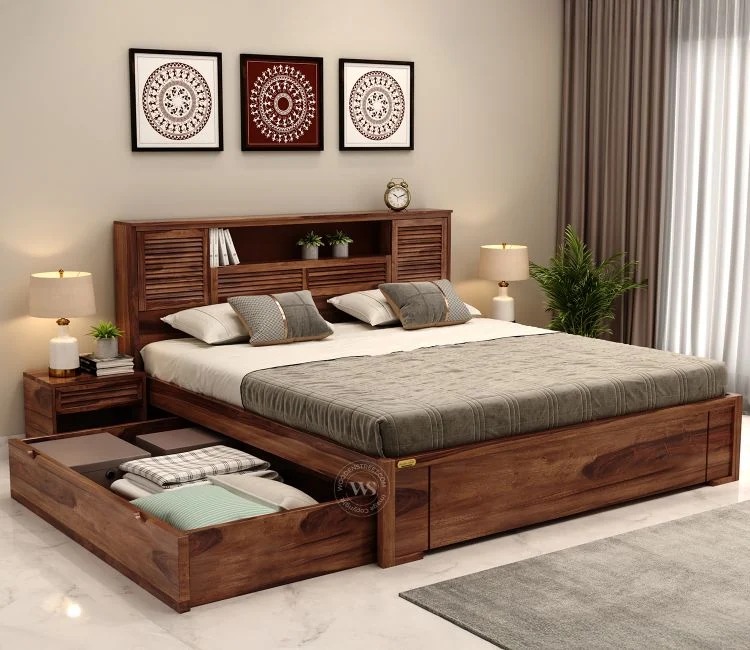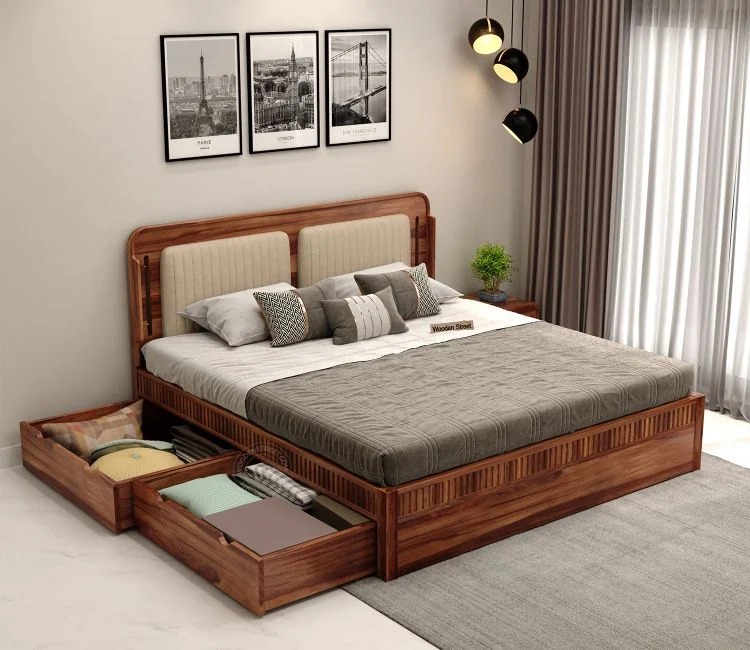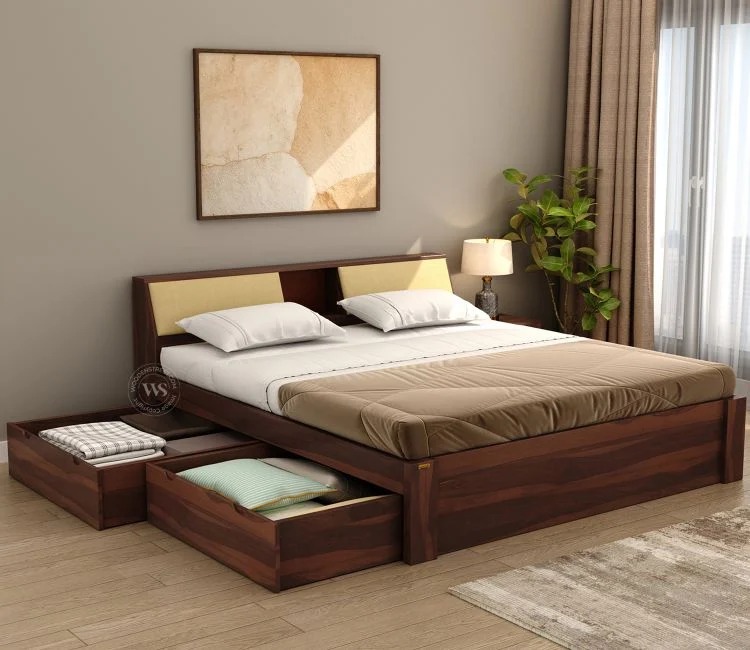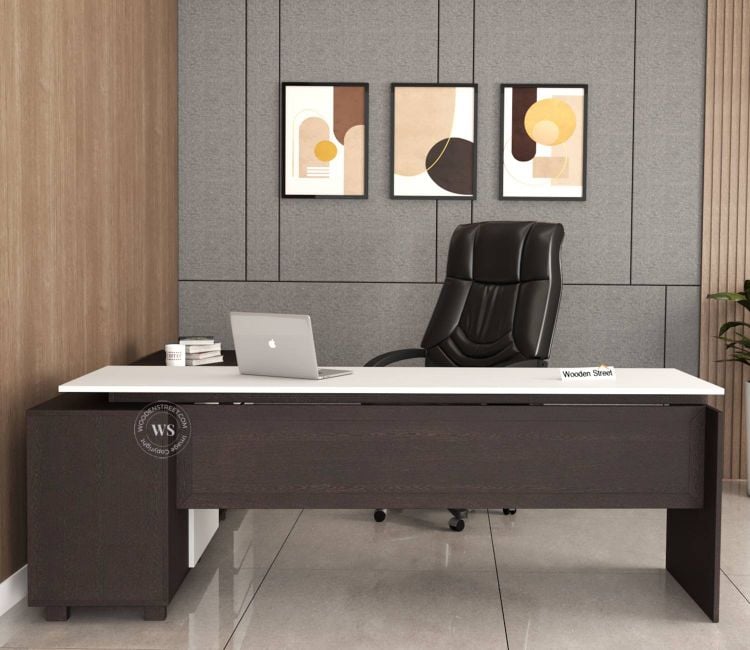Office Table Materials: A Guide to Durability and Aesthetics
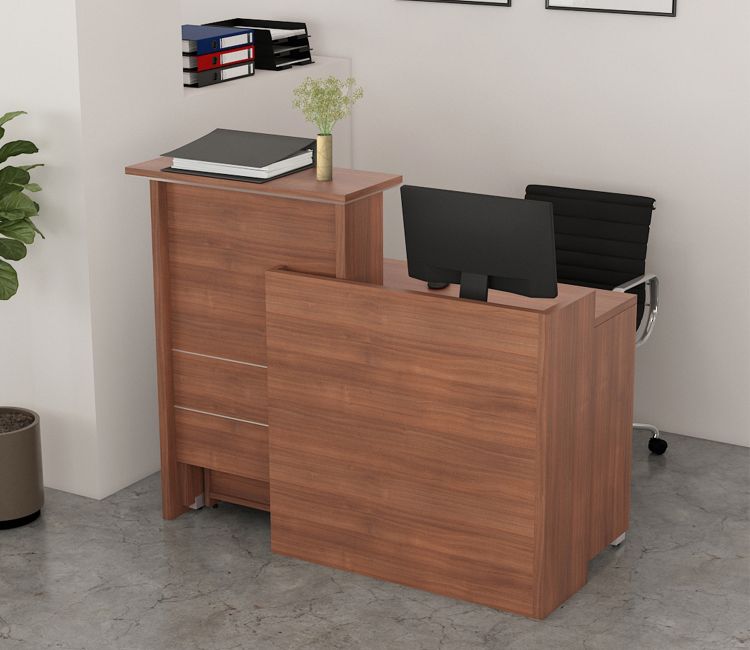
Strong8k brings an ultra-HD IPTV experience to your living room and your pocket.
When choosing an office table, two critical factors often top the list: durability and aesthetics. The material of your office table plays a significant role in ensuring the table's longevity and how well it complements your workspace. Whether you’re setting up a home office or outfitting a corporate space, selecting the right material can enhance both the functionality and visual appeal of your office. In this guide, we explore various office table materials, helping you make an informed choice based on your needs.
1. Wood – Timeless Elegance and Strength
Wood remains a classic choice for office table, combining durability with timeless aesthetics. Available in various types, such as oak, walnut, and teak, wooden office tables offer a rich, natural look that suits traditional and contemporary office designs alike.
Durability: Hardwood tables are exceptionally durable, capable of withstanding years of wear and tear. Properly treated, wood is resistant to damage and can last for decades. However, it is essential to maintain it with regular polishing to avoid scratches and stains.
Aesthetics: The natural grain patterns of wood add warmth and elegance to your office space. Darker woods like walnut create a sophisticated, professional atmosphere, while lighter woods like oak promote a more relaxed, welcoming vibe.
2. Metal – Modern Appeal and Robust Strength
For a sleek, industrial look, metal office tables offer a contemporary style while providing exceptional durability. Steel, aluminum, and wrought iron are common choices for metal office tables.
Durability: Metal tables are highly resistant to wear, scratches, and impacts, making them a long-lasting option. They’re also resistant to moisture, so they won’t warp or rot like wood might.
Aesthetics: Metal office tables offer a minimalist, modern look, often used in modern and industrial office designs. With their clean lines and shiny finishes, they can add a futuristic touch to your workspace. Metal can also be paired with other materials like glass or wood for added design flexibility.
3. Glass – Light and Airy Design
Glass office tables are increasingly popular due to their ability to make a space feel open and airy. Glass is often paired with metal or wood frames to create a sophisticated and functional piece of furniture.
Durability: While glass can be prone to scratches and cracks, tempered glass is often used in office tables for its enhanced strength. With proper care, glass tables can be long-lasting, though they may require more maintenance to keep them looking pristine.
Aesthetics: The transparent nature of glass adds a sense of space and lightness to the room, making it a great choice for smaller offices or spaces that need to feel more open. Glass tables also have a luxurious, high-end appearance, particularly when combined with polished metal or wooden frames.
4. Laminate – Affordable and Practical
Laminate office tables are an economical option that offers both durability and style. Made from layers of plastic fused over particleboard or MDF, laminate tables mimic the appearance of wood, stone, or other materials.
Durability: While not as sturdy as solid wood or metal, laminate office tables are still quite durable and resistant to scratches, stains, and fading. They are a great option for those on a budget or for environments that require low-maintenance furniture.
Aesthetics: Laminate comes in a variety of finishes, from wood grain to solid colors, allowing you to customize the look of your office table. Although laminate may not have the same luxury feel as solid wood, it still provides a polished and modern look.
5. Engineered Wood – Sustainable and Stylish
Engineered wood, such as plywood and MDF, is made by binding wood fibers together under heat and pressure. It’s a more sustainable option that combines the look of real wood with the practicality of man-made materials.
Durability: Engineered wood is generally durable but can be less sturdy than solid wood. It’s also resistant to warping, making it a good choice for areas with fluctuating humidity.
Aesthetics: With its smooth surface and consistent grain pattern, engineered wood provides a sleek, modern look that suits contemporary office spaces.
Conclusion
Selecting the right material for your office furniture or table is crucial to achieving both style and durability. Wood, metal, glass, laminate, and engineered wood each offer unique benefits, depending on your design preferences and functional requirements. By considering these factors, you can choose an office table that not only enhances the aesthetics of your workspace but also serves your needs for years to come.
Note: IndiBlogHub features both user-submitted and editorial content. We do not verify third-party contributions. Read our Disclaimer and Privacy Policyfor details.

